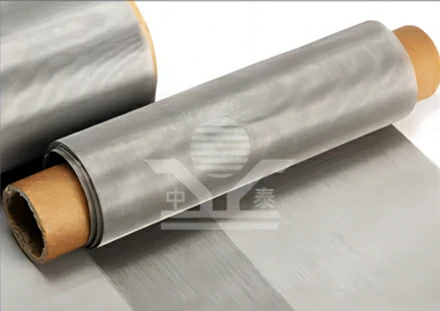Understanding External Noise Barriers A Comprehensive Overview
Noise pollution has become an increasingly pressing issue in our urban environments, causing disturbances not only to our recreational spaces but also affecting our physical and mental health. One effective solution to mitigate this noise pollution is the implementation of external noise barriers. These barriers not only enhance the quality of life for individuals living near busy roads, highways, and industrial areas, but they also contribute to the overall ambience of urban landscapes.
What Are External Noise Barriers?
External noise barriers are structures designed to block or redirect sound waves from high-noise environments, such as highways or railroads, to residential or quieter zones. Typically constructed from materials like concrete, wood, or specialized sound-absorbing panels, these barriers can range in height and length, depending on the specific needs of the area they are serving. They work on the principle of sound attenuation, which involves reducing the intensity of sound waves, thus lowering the noise level in neighboring areas.
Types of Noise Barriers
1. Vegetative Barriers Often consisting of trees and shrubs, these natural barriers not only help in reducing noise but also enhance air quality and biodiversity. While they may take longer to grow and mature, their ecological benefits are significant.
2. Solid Barriers Made from materials such as concrete, metal, or wood, these barriers are typically more effective at noise reduction compared to vegetative options. They can be designed aesthetically to blend into the environment while serving their primary function.
3. Combination Barriers Integrating both solid and vegetative elements can yield the best results for sound attenuation. This approach maximizes noise reduction while creating a visually appealing landscape.
The Importance of External Noise Barriers
1. Health Benefits Prolonged exposure to high noise levels can lead to various health issues, including stress, sleep disturbances, and even cardiovascular diseases. By reducing noise pollution, external barriers contribute significantly to public health and well-being.
external noise barriers

2. Enhanced Property Values Homes located near busy roads or noisy industrial zones can suffer from decreased property values. The installation of noise barriers can enhance the desirability of these areas, potentially increasing property values and attracting nature-conscious buyers.
3. Community Well-being Noise barriers can foster a sense of community by creating quieter, more livable spaces. They can encourage outdoor activities and social interactions, promoting a healthier lifestyle in urban settings.
Design Considerations for Noise Barriers
When designing external noise barriers, several factors should be taken into account
1. Height and Length The effectiveness of a noise barrier depends on its height and proximity to the noise source. Ideally, barriers should be tall enough to block the line of sight to the noise source and long enough to extend beyond the area of concern.
2. Material Selection Different materials have varying sound absorption and reflection properties. For instance, concrete is durable but may reflect sound, whereas vegetation can absorb noise but may require maintenance.
3. Aesthetic Integration Noise barriers should be designed not only for functionality but also for aesthetics. Creative designs can blend barriers into the surrounding landscape, promoting community acceptance and pride.
4. Environmental Impact Assessing the environmental implications of constructing noise barriers is crucial. Measures must be taken to ensure that wildlife is not adversely affected and that the construction processes comply with sustainability principles.
Conclusion
As urbanization continues to expand, the implementation of external noise barriers is becoming increasingly important in our efforts to manage noise pollution effectively. These barriers serve not only to shield communities from unwanted noise but also to improve health, enhance property values, and foster a vibrant urban environment. By understanding the types of noise barriers available and the considerations involved in their design and installation, communities can make informed decisions that benefit both their residents and the natural environment. In doing so, we move a step closer to creating harmonious living spaces where the sound of nature can thrive alongside urban life.
-
Why Galvanized Trench Cover Steel Grating Resists Corrosion
NewsJul.10,2025
-
The Versatility and Strength of Stainless Expanded Metal Mesh
NewsJul.10,2025
-
Load Calculations in Steel Grating Platforms
NewsJul.10,2025
-
Keeping Pets and Kids Safe with Chicken Wire Deck Railing
NewsJul.10,2025
-
Hole Diameter and Pitch for Round Perforated Metal Sheets
NewsJul.10,2025
-
Aluminium Diamond Mesh in Modern Architecture
NewsJul.10,2025
Subscribe now!
Stay up to date with the latest on Fry Steeland industry news.

